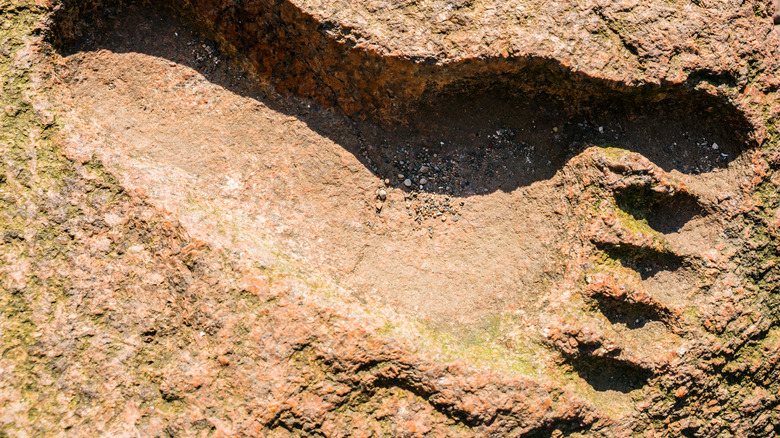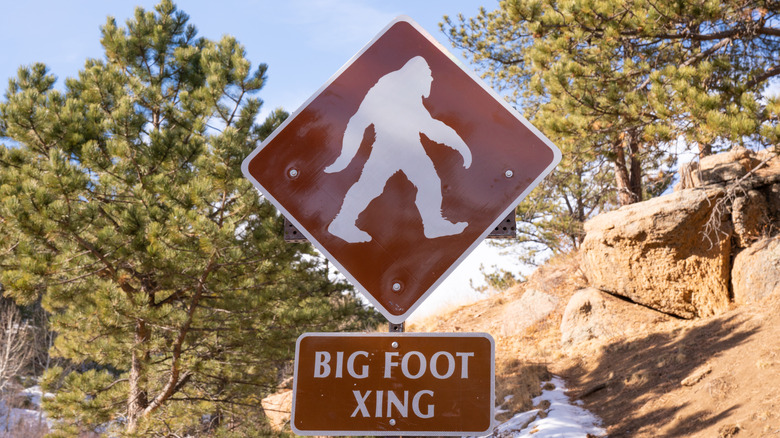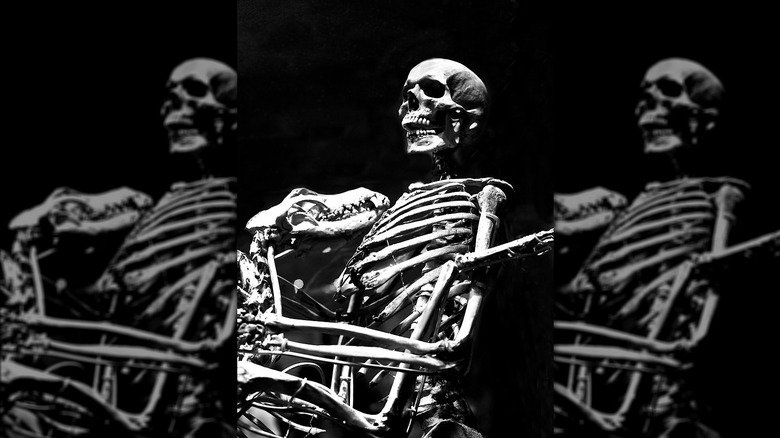Grover Krantz: An Anthropologist Immortalized With Man's Best Friend
Equipped with nothing but a flashlight and a shotgun, Grover Krantz stopped at nothing on his hunt for what is probably North America's most known mythical creature that supposedly lurks in the woods: Bigfoot. An anthropologist working at the Washington State University, Krantz dedicated much of his career to collecting evidence of the creature's existence, and this made him an oddball among his colleagues, according to Smithsonian.
Among Bigfoot believers, Krantz was a controversial figure as well. Krantz was determined to collect an actual specimen of Sasquatch by whatever means necessary. He believed that the only way the scientific community would accept that Bigfoot was real was if he tracked down and killed the beast. This didn't sit comfortably with everyone, however, as some Bigfoot believers thought that the Sasquatch should be allowed to live its life in peace, states UC Berkeley.
Finding Bigfoot
Grover Krantz got his start in cryptozoology — searching for creatures described in mythologies or folklore — back in the 1960s when he saw film footage of what appeared to be a massive primate walking upright like a human (sort of) while striding through the woods of California. Krantz was impressed by the creature's movement and argued that it would be pretty difficult for any human to replicate that walk for long distances, according to UC Berkeley.
Some of his more bizarre ventures were pursuits like building a helicopter to capture evidence of Bigfoot, something that he often joked would be the cause of his death. Krantz was under the impression that Bigfoot had descended from an ape that lived in Asia approximately 1 million years ago and crossed over to North America during the last ice age, according to Smithsonian. His search never stopped, but often times his students did try to see how fallible Krantz was by making fake evidence to see what he thought of it, which ended in Krantz falling for the trick.
A love for nature
This didn't mean that Grover Krantz's students weren't fond of him. Offten times they expressed their gratitude and admiration for their professor for challenging them to not only think differently but also be able to argue in favor of their viewpoint, according to UC Berkeley. Throughout his career, he did aid the scientific community in other respects not involving Bigfoot — he wrote multiple books on evolution and helped in studies that painted a clearer picture of humanity's evolutionary history.
But Bigfoot wasn't the creature that held Krantz's heart — that belonged to the canine pets he adopted throughout his career, most notably his first Irish wolfhound, Clyde, according to the Smithsonian. When Krantz was on his deathbed after being diagnosed with pancreatic cancer, he wished to have his body donated to science, but on the condition that his dogs' remains be brought with him. Today, Krantz's and Clyde's skeletons are on display at the Smithsonian's National Museum of Natural History, posing in a picture taken decades ago, with Krantz showing nothing but glee for his best friend.


